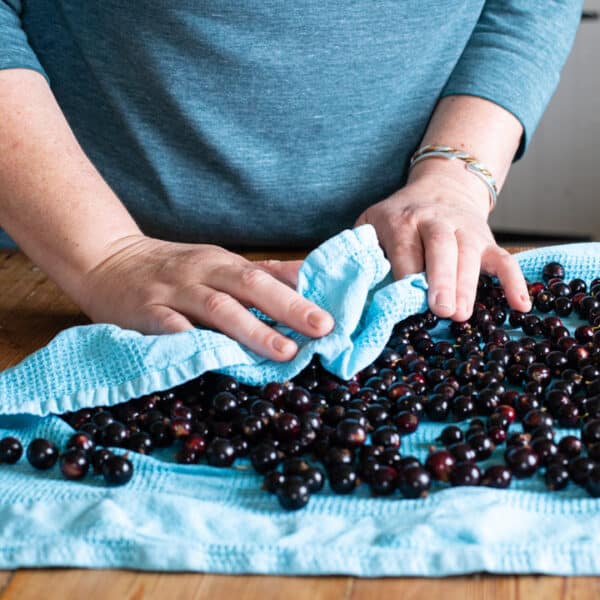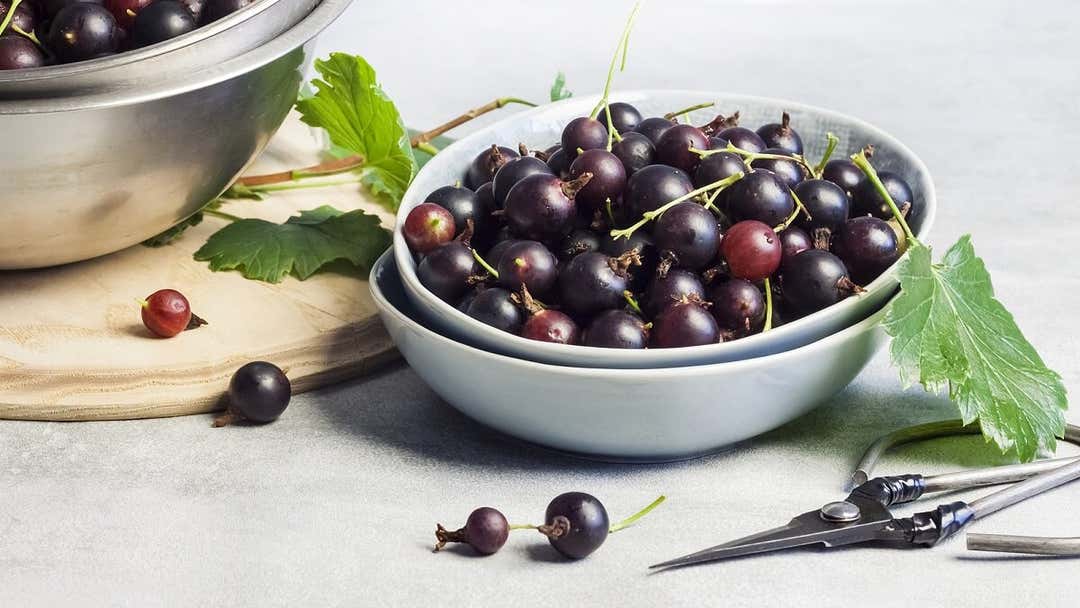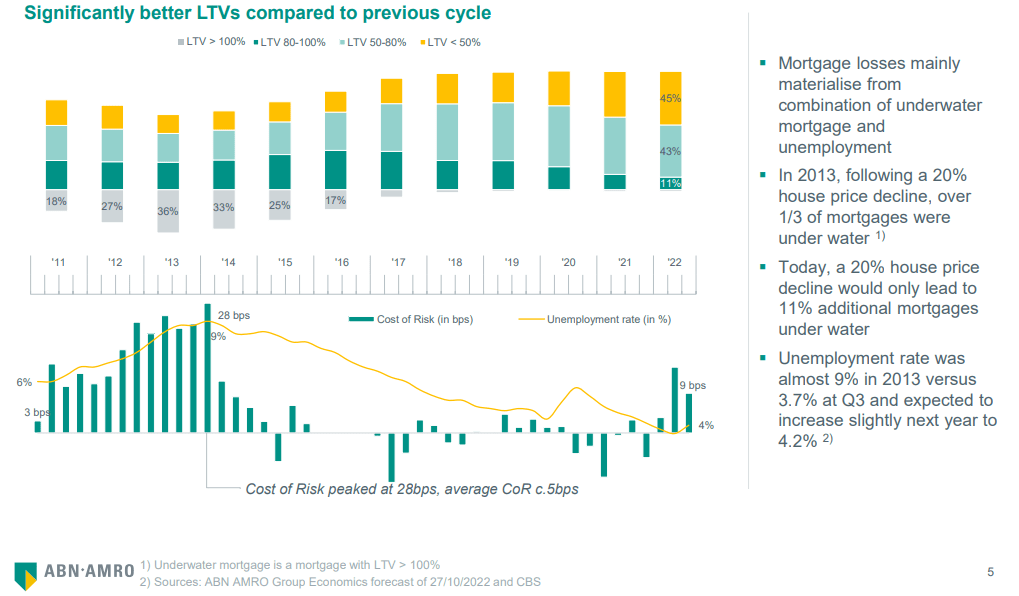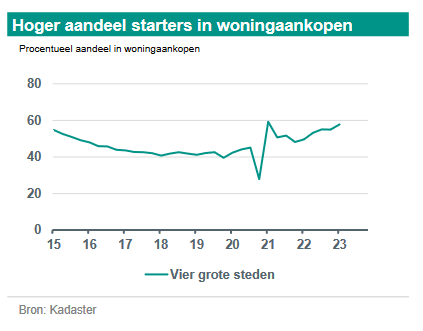Where To Find And How To Grow Cassis Blackcurrant: A Producer's Perspective

Table of Contents
Sourcing High-Quality Cassis Blackcurrant Plants
Obtaining healthy, productive Cassis blackcurrant plants is the foundation of a successful harvest. The quality of your starting material directly impacts your yield and the overall health of your crop.
Choosing a Reputable Supplier
Selecting a reputable supplier is paramount. Don't cut corners; the cost of replacing diseased plants far outweighs the initial investment in healthy stock.
- Look for Certifications: Choose suppliers who provide certified, disease-free plants. Look for certifications from relevant agricultural authorities in your region. These certifications ensure the plants are free from common blackcurrant diseases like leaf spot and reversion.
- Local Growers: Consider sourcing your plants from local growers or specialized blackcurrant nurseries. They often have a deep understanding of your local climate and can provide tailored advice.
- Check Reviews: Before committing to a purchase, research the supplier's reputation. Read online reviews and testimonials from other customers to gauge their reliability and the quality of their plants.
Selecting the Right Variety
Cassis blackcurrant isn't a single variety; several cultivars exist, each with unique characteristics. Selecting the right one for your climate and goals is crucial.
- Consider your Climate: Some varieties thrive in cooler climates, while others are more tolerant of warmer temperatures. Research varieties suited to your specific growing zone.
- Yield and Flavor Profile: Different cultivars offer varying yields and flavor profiles. Consider whether you prioritize high yield for commercial production or a specific flavor profile for personal use.
- Disease Resistance: Opt for varieties known for their disease resistance to minimize the risk of crop loss.
Understanding Plant Certification
Plant health certification is crucial for preventing the spread of diseases. Certified plants undergo rigorous inspections to ensure they are free from pests and diseases.
- Common Certifications: Familiarize yourself with the plant health certifications common in your region. These certifications vary by country and region.
- Visual Inspection: While certifications are essential, a visual inspection is still recommended. Look for healthy, vigorous plants with no signs of disease or damage.
Optimal Growing Conditions for Cassis Blackcurrants
Cassis blackcurrants, like other blackcurrants, have specific needs for thriving. Understanding and meeting these needs will maximize your yield.
Climate and Soil Requirements
Cassis blackcurrants prefer cool climates with ample sunlight. Proper soil preparation is vital for their success.
- Temperature: Ideal temperatures range from 15-20°C (59-68°F) during the growing season. They can tolerate some frost, but extreme temperatures can harm the plants.
- Sunlight: Cassis blackcurrants need at least 6-8 hours of direct sunlight daily.
- Soil pH: A slightly acidic soil with a pH of 6.0-6.5 is ideal. Amend heavy clay soils with organic matter like compost to improve drainage.
- Soil Drainage: Excellent drainage is crucial to prevent root rot.
Planting and Spacing
Proper planting and spacing maximize airflow and sunlight penetration, promoting healthy growth.
- Planting Depth: Plant Cassis blackcurrant bushes at the same depth they were growing in their containers.
- Spacing: Allow adequate spacing between plants – typically 1-1.5 meters (3-5 feet) apart to ensure sufficient airflow and sunlight.
- Trellises: Using trellises or support systems helps plants grow upright, improving fruit production and making harvesting easier.
Irrigation and Fertilization
Consistent watering and proper fertilization are essential for healthy growth and high yields.
- Watering: Water regularly, especially during dry periods, but avoid overwatering which can lead to root rot.
- Fertilization: Use a balanced fertilizer specifically formulated for berries. Organic fertilizers are a good option; follow package instructions carefully. Nutrient deficiencies can manifest as yellowing leaves or reduced fruit size.
Pest and Disease Management for Cassis Blackcurrants
Proactive pest and disease management is key to a healthy and productive Cassis blackcurrant crop.
Common Pests and Diseases
Several pests and diseases can affect Cassis blackcurrant plants. Early detection is vital for effective management.
- Common Pests: Aphids, spider mites, and birds are common pests.
- Common Diseases: Anthracnose, leaf spot, and reversion are common diseases. Symptoms vary, but often include leaf discoloration, spots, or distorted growth.
- Control Methods: Control measures include biological controls (e.g., beneficial insects), cultural practices (e.g., proper sanitation), and chemical controls (pesticides – use only when necessary and according to label instructions).
Preventive Measures
Prevention is always better than cure. Implementing preventive measures significantly reduces the risk of pest and disease problems.
- Sanitation: Remove fallen leaves and debris regularly to reduce the overwintering sites for pests and diseases.
- Crop Rotation: Rotate your Cassis blackcurrant plants with other crops to break pest and disease cycles.
- Resistant Varieties: Choose disease-resistant varieties wherever possible.
Integrated Pest Management (IPM)
Integrated Pest Management (IPM) involves a holistic approach to pest and disease control, prioritizing preventive measures and using chemical controls only as a last resort.
Harvesting and Post-Harvest Handling of Cassis Blackcurrants
Harvesting and post-harvest handling significantly influence the quality and shelf life of your Cassis blackcurrants.
Harvesting Techniques
Harvest Cassis blackcurrants when they are fully ripe for optimal flavor and quality.
- Ripeness: Ripe berries are plump and dark in color.
- Handling: Handle berries gently to avoid bruising, which can reduce their shelf life and market value.
- Methods: Hand-picking is ideal for small-scale production, while mechanical harvesting can be used for larger commercial operations.
Post-Harvest Storage and Processing
Proper post-harvest handling is crucial for preserving the quality and extending the shelf life of your harvest.
- Storage: Store harvested Cassis blackcurrants in a cool, dry place, ideally at 0-4°C (32-39°F).
- Processing: Various processing options include freezing, juicing, making jams, jellies, or other value-added products.
Conclusion
Successfully growing Cassis blackcurrants requires a thoughtful approach, encompassing careful planning and diligent execution. By adhering to the guidelines provided in this article – from sourcing superior Cassis blackcurrant plants to implementing robust pest and disease management strategies – you can cultivate a thriving and bountiful harvest of these exceptional berries. Remember the importance of choosing reputable Cassis blackcurrant plant suppliers, understanding optimal growing conditions, and employing effective pest control. Start your Cassis blackcurrant journey today and experience the satisfaction of nurturing this unique and flavorful fruit. Learn more about the fascinating world of Cassis blackcurrant cultivation and begin your own successful growing adventure!

Featured Posts
-
 The Goldbergs Character Deep Dive And Show Analysis
May 21, 2025
The Goldbergs Character Deep Dive And Show Analysis
May 21, 2025 -
 Police Cite Safety Concerns For Kartels Restrictions
May 21, 2025
Police Cite Safety Concerns For Kartels Restrictions
May 21, 2025 -
 Exploring The Rich Flavors Of Cassis Blackcurrant Liqueurs And Products
May 21, 2025
Exploring The Rich Flavors Of Cassis Blackcurrant Liqueurs And Products
May 21, 2025 -
 Understanding The Arguments For And Against Western Separation A Saskatchewan Perspective
May 21, 2025
Understanding The Arguments For And Against Western Separation A Saskatchewan Perspective
May 21, 2025 -
 Analyse De Les Grands Fusains De Boulemane D Abdelkebir Rabi Au Book Club Le Matin
May 21, 2025
Analyse De Les Grands Fusains De Boulemane D Abdelkebir Rabi Au Book Club Le Matin
May 21, 2025
Latest Posts
-
 Halvering Voedselexport Naar Vs Analyse Van Abn Amro
May 21, 2025
Halvering Voedselexport Naar Vs Analyse Van Abn Amro
May 21, 2025 -
 Occasionverkoop Abn Amro Impact Van Toegenomen Autobezit
May 21, 2025
Occasionverkoop Abn Amro Impact Van Toegenomen Autobezit
May 21, 2025 -
 Stijgende Huizenprijzen Abn Amros Prognose En Analyse
May 21, 2025
Stijgende Huizenprijzen Abn Amros Prognose En Analyse
May 21, 2025 -
 Het Succesvol Verkopen Van Abn Amro Kamerbrief Certificaten
May 21, 2025
Het Succesvol Verkopen Van Abn Amro Kamerbrief Certificaten
May 21, 2025 -
 Voedselexport Vs Daalt Abn Amro Analyseert Impact Heffingen
May 21, 2025
Voedselexport Vs Daalt Abn Amro Analyseert Impact Heffingen
May 21, 2025
